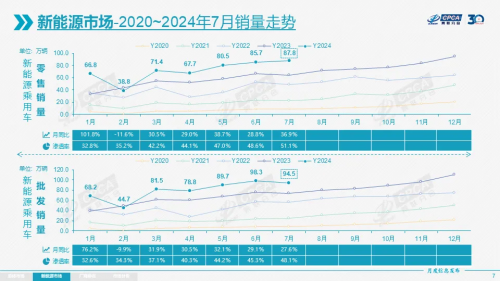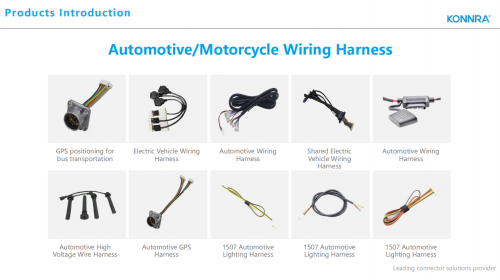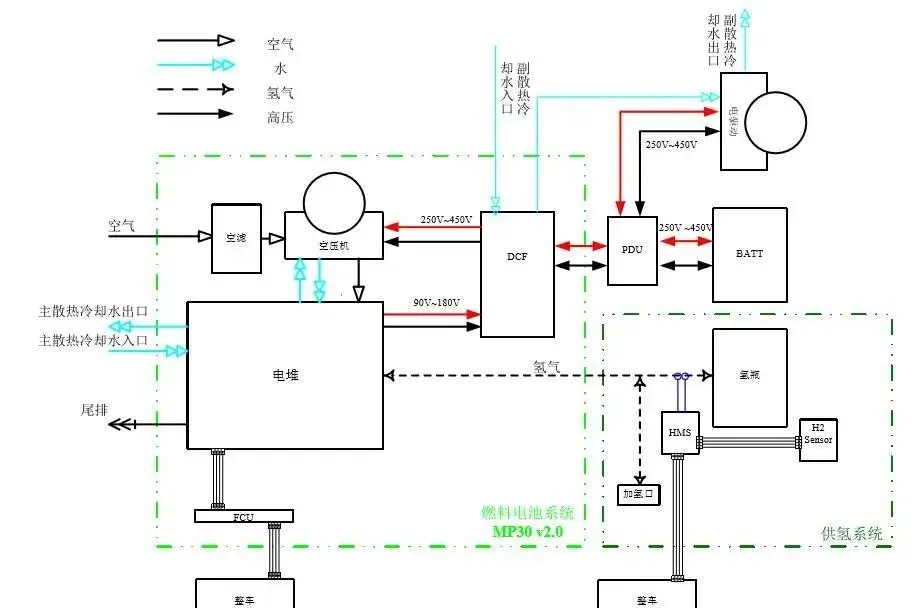In July, the penetration rate of new energy vehicles in China exceeded 50 per cent, with models dominated by purely electric or petrol-electric hybrids. Electric vehicles have gradually become mainstream in China.

New Energy Vehicle Penetration Rate
Image from CPCA
At the same time, China’s support for the development of hydrogen energy has been increasing. In recent years, with countries clarifying the carbon neutral timetable one after another, global hydrogen energy has accelerated its development and become an important hand in the energy technology revolution and response to climate change in various countries. Japan, Germany, the United States, Australia and other countries have accelerated the top-level design of hydrogen energy development, and have successively formulated hydrogen energy development strategies and roadmaps.
The advantages of new energy electric vehicles are already very obvious, why do we still need to develop hydrogen energy?
Ⅰ. Accelerating the development of hydrogen energy
The world has set off a new boom in the development of hydrogen energy technology and industry, and by the end of 2023, more than 50 countries and regions have introduced hydrogen energy strategies. All major countries have elevated hydrogen energy to the height of national strategy and seized the development opportunity through differentiated layout.
The U.S. attaches importance to the research and development of the whole chain of hydrogen energy technology and large-scale demonstration, and promotes multi-energy fusion and complementarity based on hydrogen energy in order to change the electric power, transport, chemical industry, steel and other industries. Japan is ahead of schedule to light up the hydrogen energy ‘science and technology tree’ and build a ‘hydrogen energy society’ as the energy pillar of economic and industrial activities. The EU regards hydrogen energy as the key to achieving carbon neutrality, and uses green hydrogen to promote decarbonisation of all end-use sectors. The UK has taken hydrogen energy as the main hand of industrial decarbonisation, Germany is seeking to become the world’s leading supplier of hydrogen energy technology, and Russia, Australia and Saudi Arabia are all focusing on the development of the hydrogen industry in order to maintain their position as energy exporting powerhouses in the ‘post-oil and gas era’.
China’s official support for hydrogen energy is also increasing, and the popularity of hydrogen energy in the private sector is also rising. Terminal licensing data shows that 7,760 hydrogen fuel cell vehicles were sold in 2023, up 55% year-on-year, most of which were heavy trucks, light trucks and buses. Passenger cars, although sales are not high, but the simultaneous growth rate of 137%, the rise is encouraging.
Ⅱ. A new test for connectors
Currently there are two main working forms of hydrogen energy vehicles, Hydrogen Internal Combustion Engine Vehicle (HICEV) and Hydrogen Fuel Cell Vehicle (FCEV), the difference between HICEV and traditional oil vehicles is the fuel. In use, it requires less purity of hydrogen and does not need rare metals as catalysts, but it is prone to super-explosions and produces harmful substances such as nitrogen oxides.
Working Principle of Hydrogen Fuel Vehicle: Oxygen in the air and hydrogen in the high-pressure storage cylinder under the action of catalyst in the electric pile electrochemical reaction generates electric energy, which is delivered to the DCF (Voltage Boosting Component), and then delivered to the PDU (High Voltage Distribution Unit) after boosting and lowering the current by the DCF, and then the PDU (High Voltage Distribution Unit) distributes the electricity to the drive motor, and the drive motor converts the electricity into the driving energy of the vehicle to move forward. The drive motor converts the electric energy into driving energy for the vehicle to move forward. The BMS power battery stores the power, and the DCDC/DCAC inverter reduces the high voltage for the vehicle’s low-voltage DC/AC power equipment, and so on.

Hydrogen Fuel Vehicle Working Diagram
It is not difficult to find that the drive form of hydrogen fuel cell vehicles is still essentially an electric drive. Does this mean that the existing new energy vehicle connectors, for hydrogen energy models, can also be used?
The answer is no. Compared with other electrically driven vehicles, hydrogen vehicle connectors, the main increase in the hydrogen fuel cell internal wiring harness, these harnesses because of the chemical properties of hydrogen, and the traditional high-voltage wiring harnesses and indicators of the difference.
Hydrogen fuel cell internal connectors, due to the smaller size, the connector precision requirements will also be higher.

KONNRA Connectors Automotive Wiring Harness Assemblies
Overseas, there are also a number of major manufacturers conducting specialised R&D for hydrogen energy applications, involving different application scenarios.
Ⅲ. The need to develop hydrogen energy
By way of comparison, it is easy to see that hydrogen transport stands side by side with electric transport. Although they differ in design and indicators, both are driven by electricity to achieve energy saving and high quality development.
The core of electrically driven vehicles is energy storage and replenishment. How to make the vehicle store more energy or achieve a longer lifespan by quickly replenishing energy has always been the main concern of car companies and consumers.
The application of hydrogen energy is an effective answer to this question: hydrogen vehicles take 3 to 5 minutes to fill up, similar to the replenishment time of traditional fuel models, and have a range of hundreds or even a thousand kilometres. Even for hydrogen buses, the hydrogen refuelling time is only 5 to 15 minutes, making the refuelling process quite convenient.
More importantly, hydrogen serves as an ideal long-term energy storage that allows for large-scale conversion of renewable energy sources, as well as long-period storage, transport and energised use.
It can be seen that the significance of the development of hydrogen energy is not limited to the automotive industry, but more through the green way, to complete the infrastructure of energy storage and replenishment, on the basis of which to enrich the source of energy supply, to ensure energy security, and to drive the development of related industrial chain. With the upgrading and construction of new modes of transport and energy storage, the stage of hydrogen energy will be even broader. This change not only promotes the development of renewable energy, but also brings opportunities for all kinds of related industries.
KONNRA connectors in this wave of industrial upgrading, follow the trend of the times, and actively respond to the market changes, with excellent design and quality, to provide customers with efficient and reliable connectors. We are committed to providing the best solutions in the field of hydrogen energy, helping our customers to seize the first opportunity in the booming market, and moving towards a greener and more sustainable future together.










